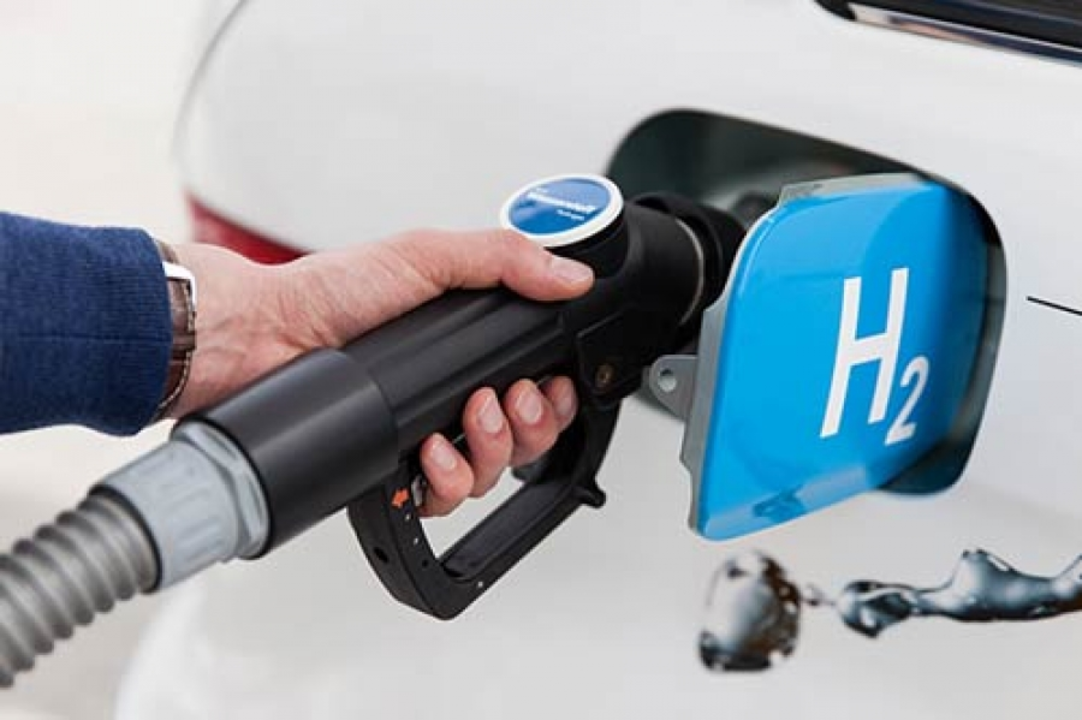As a racing enthusiast, I can't help but wonder what the future of auto racing will look like without gasoline. The shift towards electric vehicles is inevitable, and it'll surely impact how races are held and experienced. I envision an exciting era of innovative technology, with electric race cars that are incredibly fast and environmentally friendly. However, the nostalgic roar of engines will be missed, and the racing community will need to adapt to these changes. Overall, the future of auto racing may be different, but I believe it will continue to thrill and captivate fans worldwide.
Future of Motorsports: What’s Coming Next
Ever wonder how racing will look in ten years? You’re not alone. Fans, drivers, and engineers are all asking the same question: which tech will change the game and how will it affect the sport we love? Let’s break it down in plain English, no jargon, just the facts that matter.
Electric and Hybrid Power Is Gaining Speed
Formula E proved electric cars can be thrilling, and now the big leagues are listening. Teams are testing hybrid power units that promise more torque, less fuel, and quieter pits. Imagine a roar that’s a mix of engine noise and a subtle whine – it’s already happening at test tracks. The benefit? Longer seasons with fewer emissions and a new set of strategic choices for engineers.
Safety Gets Smarter, Not Just Stronger
Safety has always been a top priority, but the future brings data‑driven solutions. Sensors placed in the car’s chassis can alert medics instantly if a crash exceeds a certain threshold. New helmet designs use impact‑absorbing foam that adapts to the angle of a hit. Think of it like a car’s airbag, but for a rider’s head. These upgrades could cut injury rates dramatically and keep fans on the edge of their seats, not the edge of the news.
What about the track itself? Virtual barriers that pop up on a driver’s display when they’re too close to a wall are being trialed. They give a visual cue before a crash happens, letting drivers correct their line in real time. It’s like a heads‑up warning system for a video game, but it’s real life.
Manual transmission cars have a nostalgic charm, but the future might blend the feel of a stick shift with the efficiency of an automatic. Engineers are working on “seamless shift” gearboxes that let drivers feel each gear change without losing power. If you love the tactile feedback of a manual, this could be the perfect compromise.
Drag racing, often seen as a straight‑line sprint, is also getting a tech boost. Launch control systems now use AI to predict the perfect clutch release timing, shaving milliseconds off a run. Those tiny gains can be the difference between a win and a loss, and they keep the sport exciting for both participants and spectators.
Fans are part of the future too. Augmented reality apps will let you point your phone at the track and see live telemetry overlaid on the cars. You’ll know instantly who’s ahead, which tire is wearing, and even the exact fuel load. It turns a regular broadcast into an interactive experience.
Finally, sustainability will shape everything from race logistics to fan travel. Organizers are experimenting with solar‑powered paddocks and electric support vehicles. If the sport reduces its carbon footprint, it stays relevant to a younger, eco‑conscious audience.
All these changes might sound like a lot, but they’re rolling out piece by piece. The next decade will likely see a mix of electric power, smarter safety, and immersive fan tech. That means more excitement, fewer injuries, and a sport that can keep up with the world’s pace.
So next time you watch a race, keep an eye out for those subtle shifts. The future of motorsports is already on the track, and it’s shaping the thrills we can’t wait to feel.
